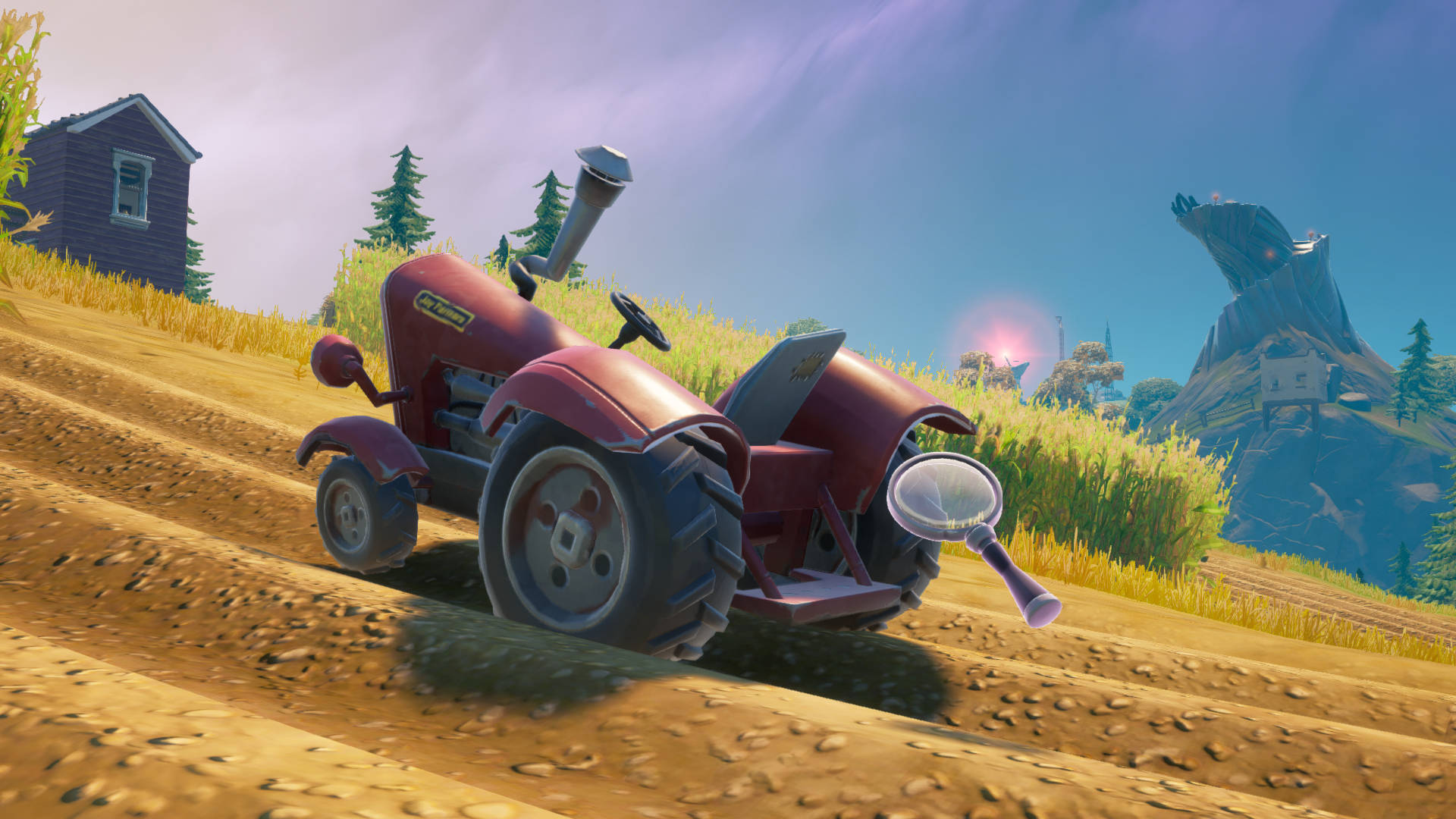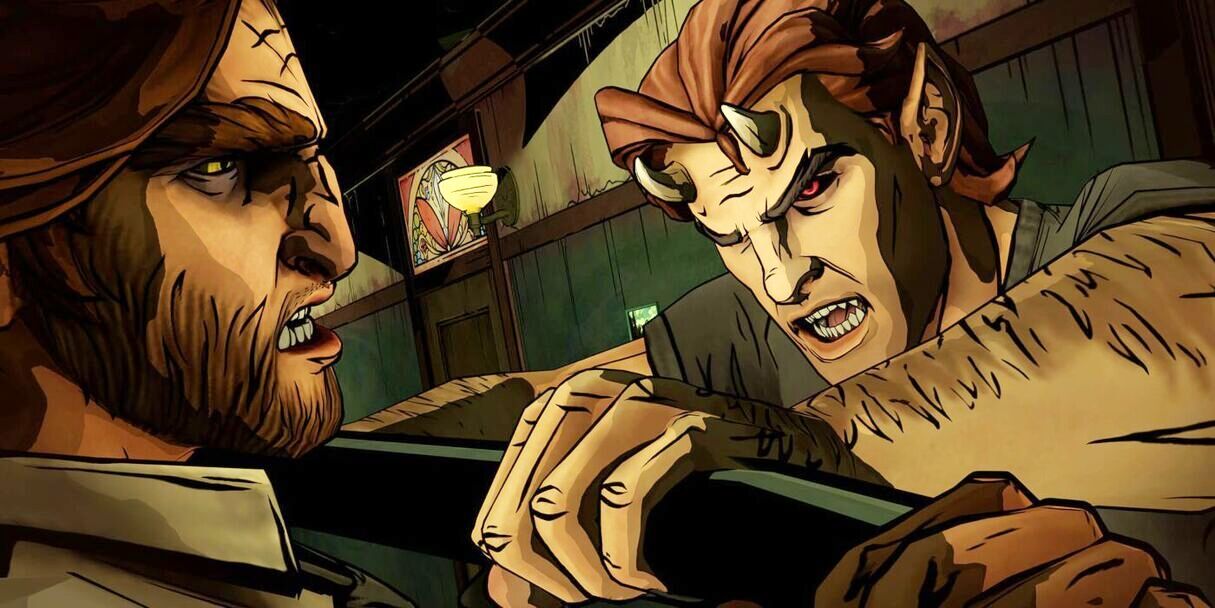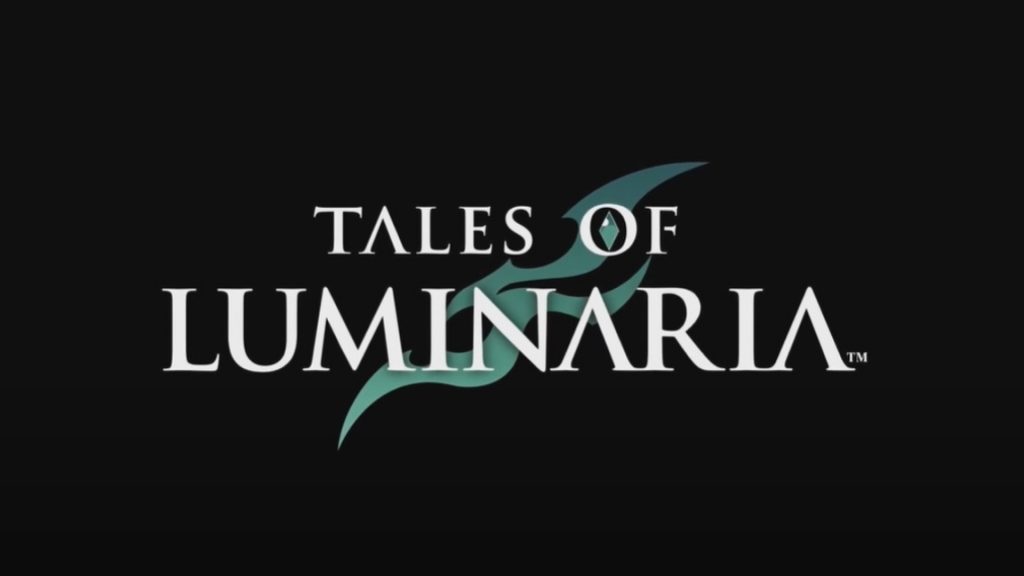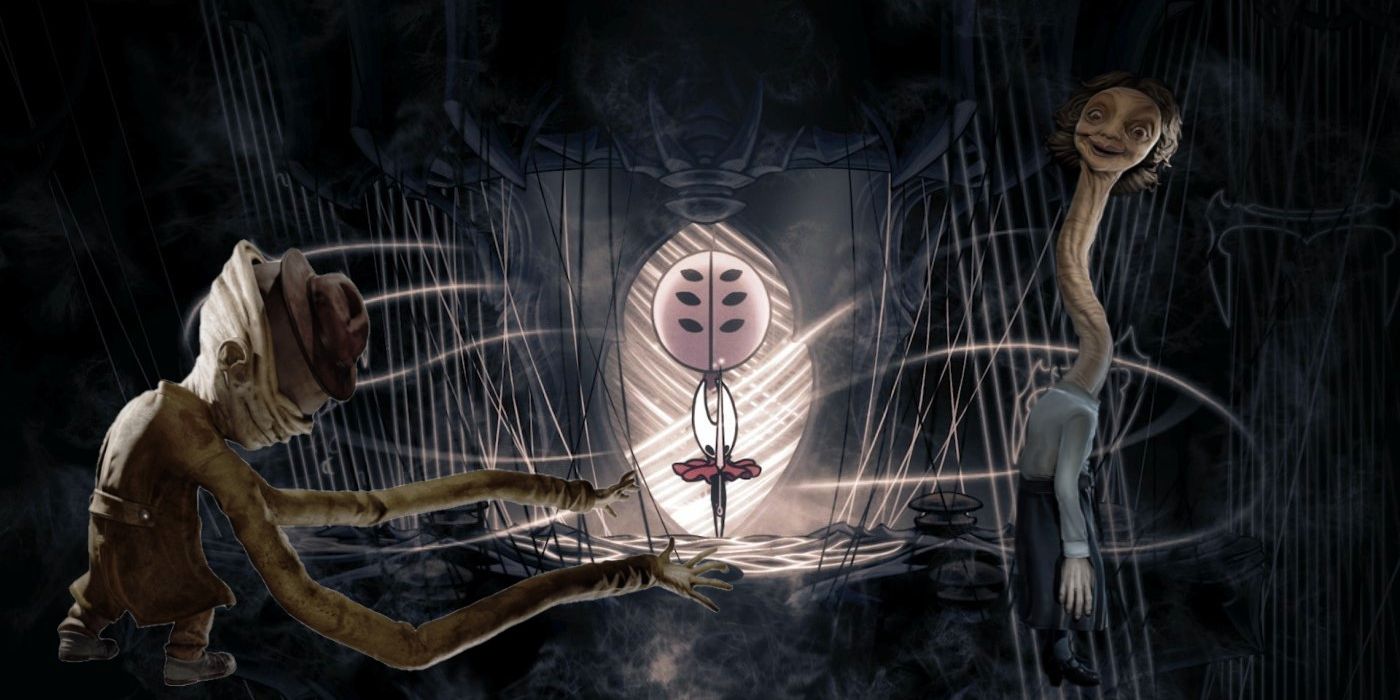
Video games playing around with the size of the characters is not new, and at times it has an impact on their stories or even gameplay. Such is the case for Little Nightmares, which creates a terrifying setting where humanoid creatures are colossal especially when compared with the characters that players control – Six in the first game, and Mono in Little Nightmares 2. It's not uncommon for other games, particularly those that rely on a combat system that showcases different enemies and bosses, to have these big baddies become iconic fights. As such, Hollow Knight: Silksong has a great opportunity to make more of its already compelling gameplay.
Hollow Knight: Silksong should let Hornet face enemies whose size does matter in terms of how the encounter pans out. Bosses being larger than the players' characters is not simply a trope, it is an implicit way of showing power and strength, and this is something that a lot of games do – sometimes even inadvertently. The scale comparison between Hollow Knight and Little Nightmares makes the games quite different, and in the former rarely do players have to fight bosses who are so much bigger than them. That's ok; after all, the characters are bugs.
RELATED: Why Little Nightmares Fans Should Look Forward to Lost in Random
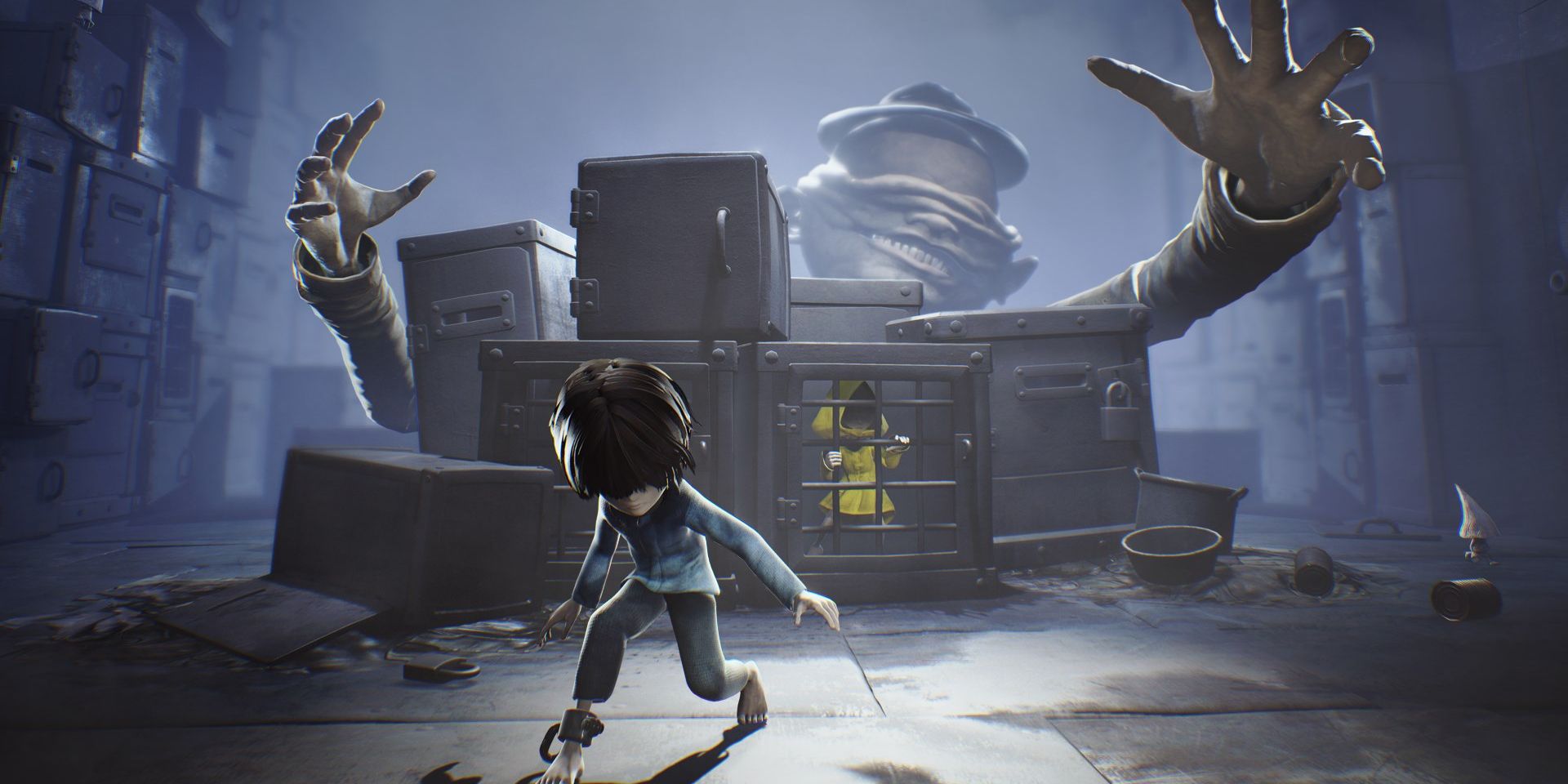
However, with Hollow Knight: Silksong exploring a different kingdom where there will be plenty of new enemy types, this is the perfect opportunity to let those bugs and other creatures be defined by their size in both aesthetics and gameplay. In Little Nightmares, everything is disproportionately large, with the creatures and their daily life objects being colossal, so much so that a single shoe can be larger than each of the two games' protagonists. This same sense of dread is never really explored in Hollow Knight, although it manages to achieve a similar result in different ways.
Regardless, having bigger enemies could make Hollow Knight: Silksong even more interesting and deep than its predecessor, and mechanics like that of weight could be taken further. Hollow Knight does have enemies that weigh more than others, and this does reflect on combat mechanics; a great example of this logic is the fight with the Gruz Mother, where the boss slams its large body against the ceiling to damage the Knight. The same concept could find fertile ground in new boss fights added with Hollow Knight: Silksong, or else it could also mean fighting more size-reliant enemies just like the aforementioned Gruz Mother.
Another thing that Little Nightmares does very well is instilling fear and a sense of danger, as its enemies are not only larger, but they also have much longer limbs to catch the protagonists (and sometimes eat them, too). Hollow Knight never tried to be a horror game for most of its runtime, but the same idea could find more uses in a Metroidvania game that has plenty of combat to offer. Taller enemies could have a great reach, meaning that Hornet needs to be careful even at a distance, while wider ones could be slow and sluggish but pack an extra punch.
Overall, there's a lot that Hollow Knight did right in its first installment, but Hollow Knight: Silksong shouldn't simply try to be its sequel. It should dare to offer something more to its audience. As such, here's to hoping that it will take this element from Little Nightmares, without giving up its own identity.
Hollow Knight: Silksong is in development for PC and Switch.
MORE: Other Horror Games That Need Revivals Like Dead Space

